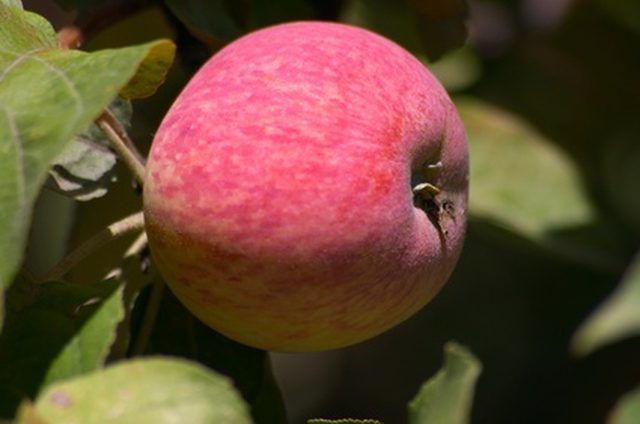Bulbs
Flower Basics
Flower Beds & Specialty Gardens
Flower Garden
Garden Furniture
Garden Gnomes
Garden Seeds
Garden Sheds
Garden Statues
Garden Tools & Supplies
Gardening Basics
Green & Organic
Groundcovers & Vines
Growing Annuals
Growing Basil
Growing Beans
Growing Berries
Growing Blueberries
Growing Cactus
Growing Corn
Growing Cotton
Growing Edibles
Growing Flowers
Growing Garlic
Growing Grapes
Growing Grass
Growing Herbs
Growing Jasmine
Growing Mint
Growing Mushrooms
Orchids
Growing Peanuts
Growing Perennials
Growing Plants
Growing Rosemary
Growing Roses
Growing Strawberries
Growing Sunflowers
Growing Thyme
Growing Tomatoes
Growing Tulips
Growing Vegetables
Herb Basics
Herb Garden
Indoor Growing
Landscaping Basics
Landscaping Patios
Landscaping Plants
Landscaping Shrubs
Landscaping Trees
Landscaping Walks & Pathways
Lawn Basics
Lawn Maintenance
Lawn Mowers
Lawn Ornaments
Lawn Planting
Lawn Tools
Outdoor Growing
Overall Landscape Planning
Pests, Weeds & Problems
Plant Basics
Rock Garden
Rose Garden
Shrubs
Soil
Specialty Gardens
Trees
Vegetable Garden
Yard Maintenance
How Can I Make My Apple Tree Bear Fruit?
How Can I Make My Apple Tree Bear Fruit?. With their delicate, fragrant blossoms, spreading branches and crops of delicious and healthy fruit, apple trees have both ornamental and practical value. If your apple tree is not producing fruit, you need to find out the reason. Since apple trees are biennial--meaning they have a natural tendency to...

With their delicate, fragrant blossoms, spreading branches and crops of delicious and healthy fruit, apple trees have both ornamental and practical value. If your apple tree is not producing fruit, you need to find out the reason. Since apple trees are biennial--meaning they have a natural tendency to produce more fruit every other season--it is possible that your apple tree is simply taking a year off, especially if you didn't thin it properly the year before. Or the cause could be improper soil, harsh climate conditions, infestation by pests or insufficient pollination. With good growing, pruning and thinning techniques, you can increase the odds that your apple tree will bear healthy fruit.
Things You'll Need
Pruning scissors
Soil testing kit
Commercial fungicide for apple trees
Horticultural oil
Plant at least two varieties of apple trees together to ensure that you get a good harvest of fruit; apple trees do not self-pollinate. For best results, use varieties that have overlapping bloom dates, so they flower at the same time. Don't use Winesap, Mutsu, Jonagold, or Stayman varieties; these trees produce sterile pollen.
Provide good drainage for your apple tree. It cannot survive--let alone bear fruit--if water is standing in the root zone.
Plant your apple tree on higher--preferably hilly--ground to avoid "frost pockets," low-lying areas where cold air settles in and kills the developing fruit.
Prune your apple tree properly to stimulate fruit production by opening it up to more sunlight and increased air circulation. Cut away diseased, dead, dying or crossed branches.
Check the soil with a testing kit if your apple tree fails to bear fruit, and follow the fertilization guidelines if your soil is lacking in nutrients. You can also evaluate soil quality by measuring the tree to determine if it has shown less than 12 to 18 inches a year of lateral growth; if so, your soil may be poor.
Thin the budding fruits when they are roughly the size of a dime to improve the color and flavor of the fruit, reduce limb breakage, and encourage good production. Do this before the flower petals fall off, removing all fruit from each cluster except for the largest one, called the "king fruit." Use a pruning scissors to snip the rest of the fruits off by their pedicels, or stems. The result should be that the budding fruits are spaced to a distance of 6 inches apart.
Spray to control diseases and pests that can jeopardize your apple crop. According to the North Carolina State University Horticultural website, you should spray preventatively with fungicide when the first green growth appears in spring. Also spray horticultural oil at this time, to suffocate scale insects and prevent mite and aphid eggs from overwintering.
Tips & Warnings
Plant young apple trees purchased at a reputable nursery, rather than trying to grow an apple tree from a seed. It can take seven to 10 years for a seed to grow into a tree able to bear fruit.
When using insecticides or fungicides, read labels carefully and follow the directions exactly.
Spray insecticides only when your apple trees are not blooming. Insecticides should never be sprayed when honeybees, which pollinate apple trees, are present.